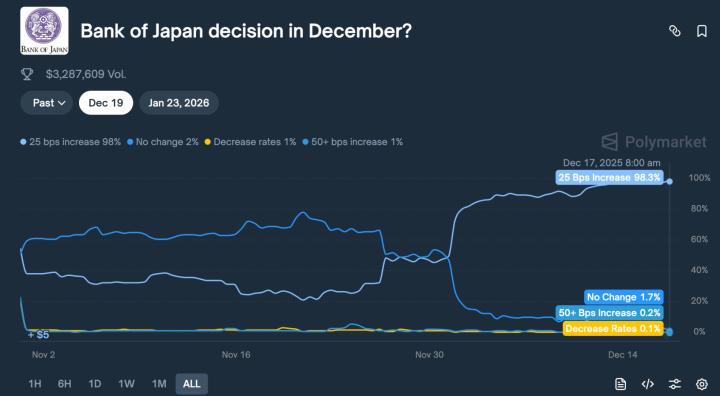In just 3 days, @0ximjohn built 3 AI agents using Bitte — integrating @LidoFinance, @veaxlabs, and @Balancer into custom DeFi assistants.
All built in a single account, powered by external APIs.
Here’s what each one can do 👇
2/ @veaxlabs Assistant
This one’s all about liquidity.
Suggests optimal pools, flags risky ones, fetches real-time & historical token data, and lets you add liquidity directly.
A full DeFi management tool in your chat window.
🔗
3/ @Balancer Assistant
Fetch wallet balances, available pools, and token swap prices — or execute the swap itself.
Great example of how to quickly wrap a protocol API into a working tool.
🔗
From Twitter
Disclaimer: The content above is only the author's opinion which does not represent any position of Followin, and is not intended as, and shall not be understood or construed as, investment advice from Followin.
Like
Add to Favorites
Comments
Share
Relevant content







